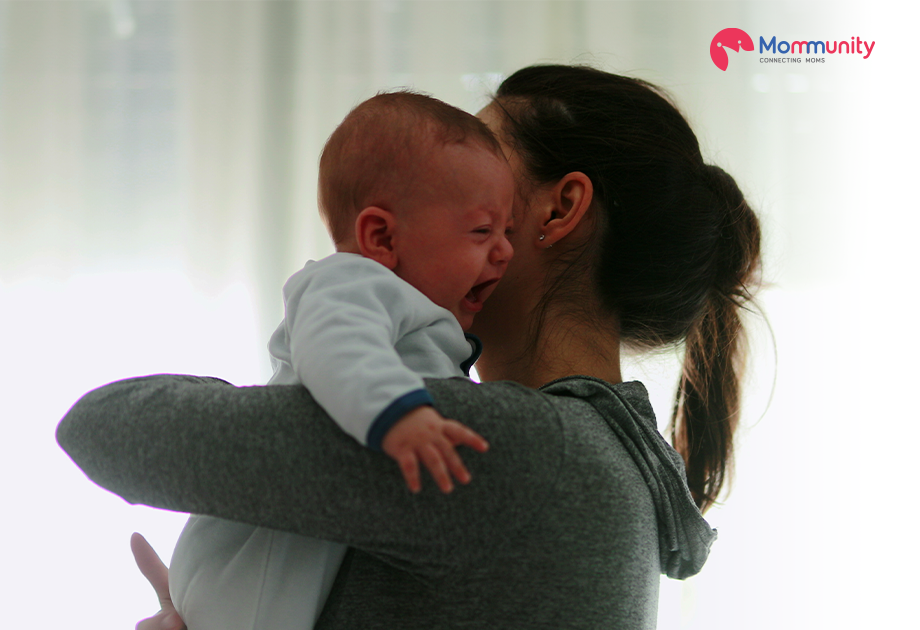|
Getting your Trinity Audio player ready...
|
Pregnancy is a delicate and mysterious journey, where the distinction between viable and non-viable pregnancy can cause immense anxiety, uncertainty, and emotional turmoil for expectant mothers. It’s a daunting reality to carry a precious life within you while grappling with the possibility that it may not progress to fruition.
However, knowledge is power, and understanding this distinction is the first step towards navigating this challenging terrain. In this guide, we will explain the complexities of viable and non-viable pregnancies, providing clarity on this critical aspect of maternal health.
We will take you on a journey of understanding, empowering you with the necessary knowledge to make informed decisions and face any challenges with courage and resilience. Get ready to be enlightened and equipped to adopt the complexities of pregnancy with newfound clarity.
Understanding the Basics: What is Viable Pregnancy?
Defining Viable Pregnancy
During pregnancy, the viability of a fetus refers to whether or not it has developed enough to potentially survive outside of the womb. Normally, viability is believed to begin at approximately 24 weeks of gestation.
Nevertheless, due to advancements in medical technology, survival rates have been increased at earlier stages of development. Therefore, it is crucial to monitor the fetus’s development and ensure that it is healthy throughout the pregnancy to increase the chances of a successful and viable pregnancy.
Key Milestones in Viable Pregnancy
- Fetal Organ Development
Once a fetus reaches the point of viability, which is typically around 24 weeks of gestation, its vital organs such as the lungs, brain, and heart have developed to a stage where they can function with the help of medical intervention. This means that the fetus has a chance of survival outside of the mother’s womb, although it would still require significant medical support to do so.
- Lung Maturity
The development of the lungs is a crucial factor that determines viability. The production of surfactant, which is vital for facilitating breathing, typically commences around the 24th week of fetal development.
Factors Influencing Viability
- Gestational Age
As the pregnancy approaches full term, which is typically around 40 weeks, the chances of the baby’s survival outside the womb significantly increase.
- Health of the Mother
Maintaining good maternal health is of utmost importance, as certain conditions like diabetes and hypertension can have adverse effects on the growth and development of the fetus during pregnancy.
Understanding the Basics: What is Non-Viable Pregnancy?
Defining Non-Viable Pregnancy
When a pregnancy is deemed non-viable, it means that the fetus is unable to survive outside the womb. This can happen due to a range of complications, including developmental issues or other medical problems.
Non-viability can manifest in a natural miscarriage, or it may require medical intervention to help the mother’s body expel the non-viable pregnancy. It is a difficult and often emotional experience for those involved.
Common Causes of Non-Viability
- Chromosomal Abnormalities
Genetic abnormalities are a common cause of fetal non-viability, resulting in the termination of many pregnancies. Down syndrome, a chromosomal disorder, is one such condition that can significantly affect the development of a fetus, resulting in a range of physical and intellectual disabilities.
- Placental Problems
When the blood flow to the placenta is compromised or there are abnormalities in the placenta, it can lead to inadequate nourishment for the fetus.
- Maternal Health Issues
Various factors such as chronic health conditions or infections in the mother, as well as anatomical abnormalities, can all play a role in leading to the non-viability of a pregnancy.
Emotional Toll of Non-Viability
- Coping with Loss
When a woman experiences a non-viable pregnancy, such as a miscarriage or an ectopic pregnancy, it can be an emotionally devastating experience. The loss of a pregnancy can evoke feelings of grief, sadness, guilt, and even anger. It’s crucial for women and their partners to acknowledge and address these emotions, as suppressing them can lead to long-term psychological distress.
- Support Systems
Seeking emotional support from family, friends, or professionals who specialize in pregnancy loss can be an essential step in the healing process. Support systems can provide a safe space to express feelings, offer guidance on coping strategies, and help individuals navigate the physical and emotional challenges that come with pregnancy loss.
It’s essential to understand that every woman’s experience of pregnancy loss is unique, and there is no right or wrong way to grieve.
Premature Birth & Survival Rates: The Gray Area
Premature Birth and Viability
- Defining Premature Birth
Premature birth, defined as birth before 37 weeks of gestation, used to be considered a dire event with a high probability of non-viability.
- Survival Rates
Thanks to significant medical advancements, preterm infants are now able to receive specialized care that greatly increases their chances of survival and thriving outside the womb. Neonatal care has made remarkable progress in recent times, leading to a significant rise in the survival rates of premature infants.
Interventions to Enhance Viability
- Antenatal Steroids
Administering antenatal steroids to pregnant women who are at risk of preterm delivery can significantly enhance the maturity of their babies’ lungs.
- Neonatal Intensive Care (NICUs)
Consequently, specialized care for preterm infants in neonatal intensive care units (NICUs) can significantly enhance their chances of survival. Therefore, it is crucial for healthcare providers to recognize the importance of administering antenatal steroids and providing specialized care in NICUs for preterm infants to improve their health outcomes.
The Role of Technology in Assessing Viability
Advanced Imaging Techniques
- Ultrasound Technology
High-resolution ultrasound scans allow for detailed evaluations of foetal development, which aids in determining viable pregnancy.
- Magnetic Resonance Imaging (MRI)
In complicated cases, MRI provides additional information about foetal anatomy.
Genetic Testing and Viability
- Non-Invasive Prenatal Testing (NIPT)
The use of NIPT allows for the early detection of chromosomal abnormalities, which aids in making informed decisions about pregnancy continuation.
Tips for a Healthy and Viable Pregnancy
Prenatal Care Essentials
- Regular Check-ups
Attend prenatal appointments on a regular basis to monitor foetal growth and address any new concerns.
- Nutritious Diet
A nutritious diet rich in essential nutrients promotes foetal development.
Lifestyle Choices
- Avoiding Harmful Substances
Say no to smoking, alcohol, and illegal drugs because they can harm foetal health.
- Stress Management
Use stress-reduction techniques to create a positive atmosphere for both you and your baby.
Emotional Well-being
- Communication
Communication with your healthcare provider that is open and honest fosters a supportive partnership.
- Educational Resources
Keep up to date on pregnancy stages, potential complications, and coping mechanisms.
Frequently Asked Questions (FAQs)
Q: When does a pregnancy become viable?
A: Individual cases may differ, but viability is generally considered to begin around 24 weeks of gestation.
Q: What are the signs of a non-viable pregnancy?
A: Persistent bleeding, severe abdominal pain, and a lack of foetal movement are all symptoms. However, the assessment of a healthcare provider is critical.
Q: Can a non-viable pregnancy be prevented?
A: While not all non-viability can be avoided, early and consistent prenatal care can reduce risks.
Q: How can I support someone experiencing a non-viable pregnancy?
A: Empathize with them, be a good listener, and respect their grieving process. Professional assistance may also be favourable.
Ultimately, the journey of pregnancy is a delicate and mysterious one, but with knowledge and support, women can navigate it with newfound clarity and strength.
Coping with loss and seeking emotional support can be essential steps in the healing process. It’s also important to note that premature births, once considered dire events with high non-viability rates, now have higher chances of survival due to significant medical advancements.
Understanding the difference between viable and non-viable pregnancies is crucial for expectant mothers to make informed decisions and face any challenges with courage and resilience. While viable pregnancy gives hope that the fetus can survive outside the womb, non-viable pregnancy can be emotionally devastating for women and their partners.




